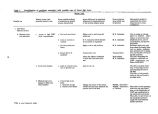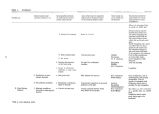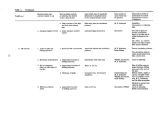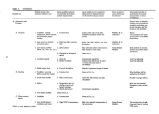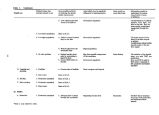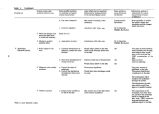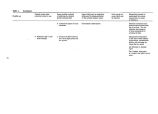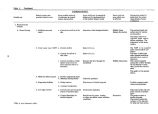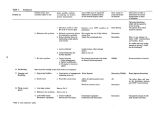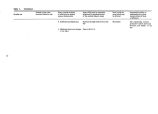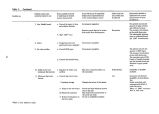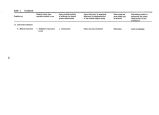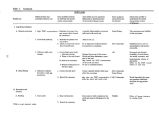| OCR Text |
Show CHAPTER V SUMMARY The primary purposes of this report are to indicate the following two research items in connection with the management of the water resource system of the Great Salt Lake: 1. Research needs and priorities. 2. A research coordination strategy. With reference to the first of these two items, research needs are identified by the report in terms of ( 1) various management, or use, categories ( such as lake industries), and ( 2) the need to understand the physical characteristics of the lake system itself. Research needs are identified in each category as information ( including data) or understanding gaps. In cases where there seems to be sufficient information, a research need is assumed not to exist. Research needs identified in this way are listed in the last column of Table 1. The problem of categorizing research needs in terms of priorities is a difficult one. Ideally, prioritization is accomplished within the framework of a particular management plan. However, management plans are altered by changing social values and the results of research itself. Thus, the problem of determining research needs, and particularly of priorities, must be approached concurrently with that of developing a management plan or strategy. First, a fairly broad set of possible management plans is considered. This set is narrowed by eliminating first those plans which seem to be infeasible on the basis of present knowledge, and perhaps considering additional information. For example, on the basis of present knowledge it probably is possible to eliminate the use of Farming- ton Bay as a fresh- water recreation area. Further reduction in the number of management plans is accomplished by obtaining additional information by means of research. It might seem that many research results are discarded in this process, but the eliminated management alternatives could not have been adequately assessed ( and realistically eliminated) without the vital information provided by research. As might be expected, in the early stages of assessing a broad spectrum of management alternatives, many of the research needs are somewhat superficial in nature. However, as the number of possible management alternatives are reduced, and particularly in the " operational" phase when perhaps only two or three alternatives might remain as options, research needs become much more specific and definitive, and priorities become clearly identified. In the case of the Great Salt Lake system, the development of a management plan is still in the early stages, so that research needs cannot be prioritized in terms of a specific plan. However, the various research needs identified by Table 1 are grouped into three broad categories in terms of what is seen as being their priority levels for providing planners with the needed information to proceed logically with the development of a management plan, which of necessity will be dynamic in terms of changing social needs and priorities. The grouping of research needs into three priority categories is shown by Tables 3 through 15. In order for research to develop information about the lake system in accordance with management needs and priorities, a research coordination procedure is proposed. The objective of this procedure is to coordinate research between various funding sources and research organizations and groups. Under this plan " input" from the Great Salt Lake Division will play an important role in the selection of specific research projects, but the direct involvement of the division is avoided in the detailed processes of proposal evaluation and the awarding and supervision of specific research contracts. The proposed procedure is illustrated by Figure 9. 63 |


















